What was your most recent success? Perhaps, you did a very excellent presentation at work or got a very high grade in your exam or saved a cat from a tree.
How would you feel were you to be told that in fact, it wasn’t entirely your achievement? This goes for the responsibility for your failures, as well.
The reason for this is that no matter when you check it, the thoughts and emotions you are indeed cognizant of make up a small portion of all the activities in your brain. You’re just thinking that you are totally conscious and you’ve got the control of all activities in your brain.
Through this summary, you’ll learn the things the subconscious section of your brain is doing by means of neuroscientific research and examples.
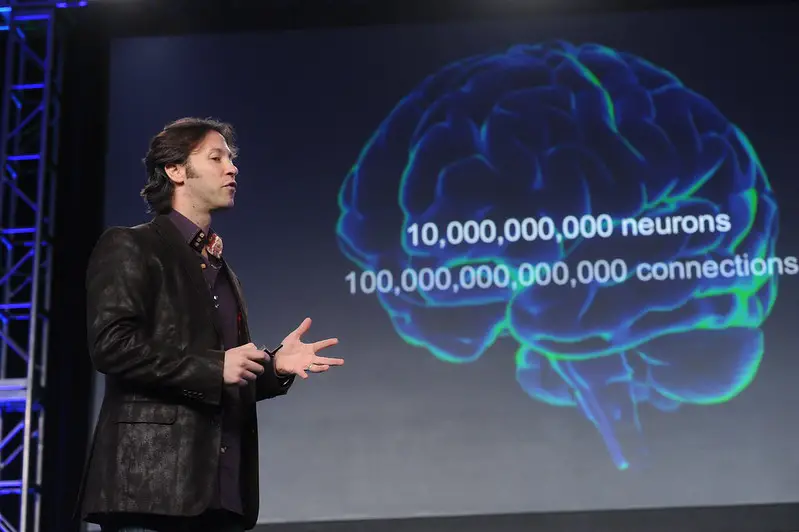
Chapter 1 – Contrary to our assumption, none of us truly has the command over their thoughts, emotions, and what they do.
Many people think they’re truly cognizant of and have the command over mostly every emotion, anything they do, and thoughts. Astoundingly, neuroscience demonstrates their assumption is false.
Actually, much of your brain activity follows from completely physical and biological processes that are happening subconsciously, and you cannot affect them.
Our vulnerableness may be considered in the fashion changes to the brain generated, for instance, by bad events and sickness, influence us.
A very surprising instance of this was a man at his forties whose spouse of 20 years abruptly saw he had – apparently all of a sudden – started to get obsessed with child pornography. Through a medical test on him, doctors discovered a huge tumor in a section of the brain that deals with decision-making: the orbitofrontal cortex. After the surgeons took it out, his sexual desires became normal again.
Apart from this, we can count more subtle forms where we’ve got no conscious command over our mental situation, and apparently, it is mostly for the best that we don’t control it: most processes in our brain, such as decision-making, function best when it auto-functions, which means when we have no conscious control that would decelerate the normally very fast process.
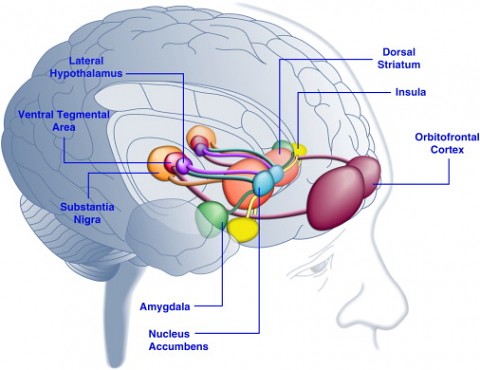
To illustrate, should you want a musician to perform a song, but tell her to concentrate solely on the separate movements of her fingers, this won’t come out as simple. It is much more straightforward for her to concentrate on the music, and allow her fingers to perform the song without the interference from such watchful, conscious command.
Consider baseball, for instance, in which some pitchers can send a fastball that ends up at the side of the batter in only forty percent of a second. But the batter needs fifty percent of a second so that they can build a vigilant perception of the trajectory of the ball. Then how come are they able to catch fastballs sometimes? The reason for it is that they don’t make the vigilant component part of their decision and react by natural instinct, much as you might duck were you to notice something flying towards you very rapidly.
Chapter 2 – The thing that we assume as reality is just a subconsciously created hallucination.
Look at the world outside. Do you believe that the thing you perceive is a true image of the planet? Actually, the thing you perceive is more of a hallucination than reality.
The human visual perception system doesn’t work int the same fashion as a video camera: Our visual perception doesn’t create a representation of the world in the way it truly is, however, rather it merely reads the electrochemical signals that end up in the brain. This holds also true for other senses, such as hearing or perception of time. By means of this mix of signals, our brain creates reality.
It is possible to notice whenever you read a book. Even if the words are just some black words on white, if they are organized in lines like this, your brain thinks more profoundly of their meaning.
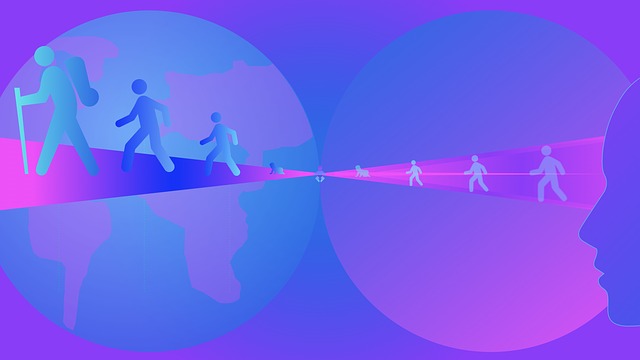
One other instance can be seen in an unusual disorder that is called Anton’s syndrome, in which people who became blind due to a stroke continue to think they are able to see. They create a visual reality for their own!
Certainly, many people don’t know the way our brain builds our reality since the neuron operations take place swiftly and subconsciously. Currently, for instance, you’re simply content to read and comprehend the knowledge in this summary, however, you don’t, thankfully, notice the continual small eye movements your brain is commanding to let you read it.
Chapter 3 – Various sections in the brain fight for command over our actions.
Do you assume that you’ve got only one, unified character? Many of us think so.
However, actually, when we look at our brains more in-depth, we notice that this isn’t that much of a straightforward thing: the human brain consists of a few subsystems each of which has different tasks and that usually fight for command over our actions.
For instance, people obviously have distinct rational and emotional brain systems. Perhaps you have already thought about it, the rational system is responsible for thinking about situations with aplomb and calmly. On the other hand, the emotional system creates such responses as frustration, anxiety, passion, and many other feelings.
Usually, they are in conflict, however, we need each of them as they’re indispensable for a normal life. To illustrate, were you not to have the emotional system, you would allocate all your time pondering the world surrounding you, losing the ability to reach even the easiest decision. It is possible that emotions are sudden and illogical, however, they assist you to promptly reach the trivial decisions that you have to reach in your everyday life.
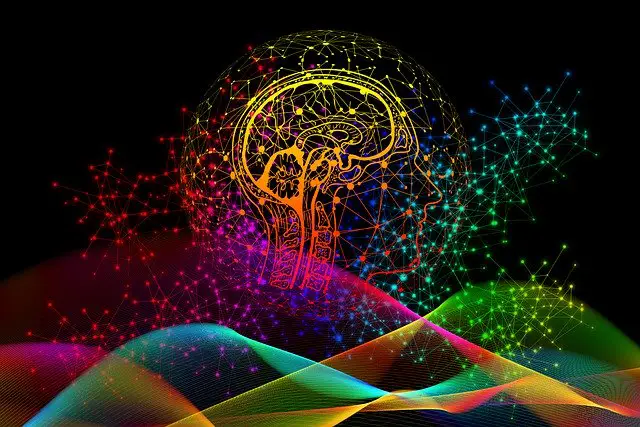
The notion of a few existing subsystems in the human brain fighting for command of your actions is beneficial in finding answers to some strange situations.
For instance, have you thought before how odd it is for someone to swear at himself? It is possible for this action solely to be elucidated by the division in our brain: one part of the brain is scolding the other part.
Or think about how weird it is that someone who smokes cigarettes wants to quit smoking but still continues to smoke. Apparently, one faction of the brain may want to no longer smoke, whereas the other faction wishes not to quit it.
Chapter 4 – How we think and what we choose is mostly based on evolution.
As is the case with all other sections of our bodies, how our brain functions are mostly based on evolution.
For starters, evolution has defined the scope of our cognitive functioning.
What is possible for us to think doesn’t go beyond what helped our forebearers. For instance, when you make efforts to envision a five-dimensional cube, you won’t be able to do that. The reason for this is that to be able to see five-dimensional objects did not strengthen our position in terms of evolution.
What we can achieve has also its boundaries. In fact, we are rather terrible when it comes to finding solutions to huge mathematical computations since there had been actually no time when our forebearers were in need of them when they were hunter-gatherers. However, it was necessary for them to acquire the ability to solve social issues such as detecting and punishing cheaters; thus, we are now rather proficient at this.

The next thing is that evolution determines our inclinations when it comes to taste and attraction, too.
Many of us savor such food as apples, eggs, and potatoes. What is the reason for this? The reason was that there are sugars, proteins, and vitamins in them and they were vital for our forebearers’ survival.
People also hate even the thought of devouring fecal matter. What is the reason for this? There are deleterious microbes in fecal matter that would give us disease; thus, probably, any forebearer who liked it went extinct a very long time ago.
When we think about what sort of living beings we are sexually drawn to, we can an evolutionary reason behind it as well: we sexually dislike frogs; however, we feel drawn toward our kind. This stems from the fact that cross-breeding is impossible; thus, it wouldn’t make any sense from an evolutionary standpoint, were we to be attracted to them.
Chapter 5 – It is better our legal system concentrates on rehabilitation, not punishment.
Do you continue to believe that our actions and decisions are the product of a conscious mind?
This is an especially relevant question when we think about the legal system, in which we continue to strongly believe that everyone possesses free will and thus carry the responsibility for their actions.
However, actually, the idea that it is possible for us to certainly and correctly evaluate guilt for unlawful acts is questionable, which is more problematic in reality.
The reason is that people cannot make decisions with regard to their genetic heritage or about their education or socialization in life. Thus, the notion of individual responsibility for our acts doesn’t make much sense apparently. This particularly goes for if something inherently biological appears to push people to commit unlawful actions.
Think about the case of Charles Whitman, a smart 25-year-old man who was a devoted spouse that turned into a sniper-using mass-murderer in a fairly concise span of time. When he died in a gunfight with the police, the autopsy report on his body showed there was a huge tumor in Whitman’s brain. The tumor was putting pressure on the amygdala, a part of the brain responsible for emotional regulation. Who is the actual criminal here? Him or the tumor?
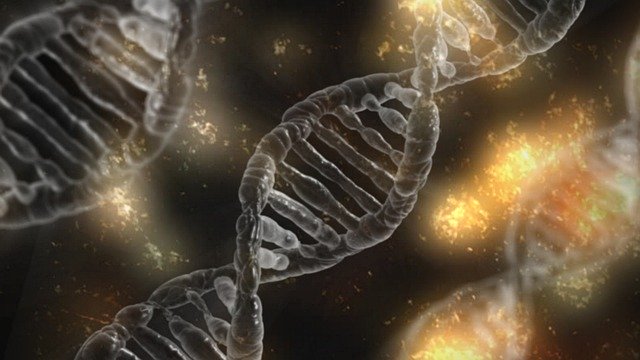
Because it isn’t possible anymore to indiscriminately hold offenders accountable for what they do, we have to make a serious change in the goal of the legal system. Instead of blaming and giving punishments to offenders, people must concentrate on understanding their issues and making efforts to tackle them.
Fairly easily, we must consider all offenders as though there was nothing else they could do except for doing what they did. We need to provide them personalized rehabilitation in which the aim is to transform their behavior to something that fits society’s expectations while transforming the underlying character as tiny as probable.
Chapter 6 – Neuroscience has assisted us to recognize the brain, however, there are things it cannot find answers to.
As we’ve discussed in the preceding chapters, neuroscience has assisted us to recognize human behavior more in-depth, particularly its subconscious sections. Fortunately, it is possible for us to benefit from this novel knowledge so as to, for instance, enhance some policies regarding society.
For instance, all of us are now aware that if want the legal system to be really fair, the legal system has to be personalized to the conditions of every offender – in the same fashion as their peculiar biology.
Maybe it’ll be possible for us to better appreciate virtue in society if our knowledge about the brain’s numerous fighting subsystems renders it understandable what virtue actually is: the choice to undertake the correct thing even if there are sections in our brain that want us to commit the wrong thing.
But, neuroscience cannot find answers to everything.
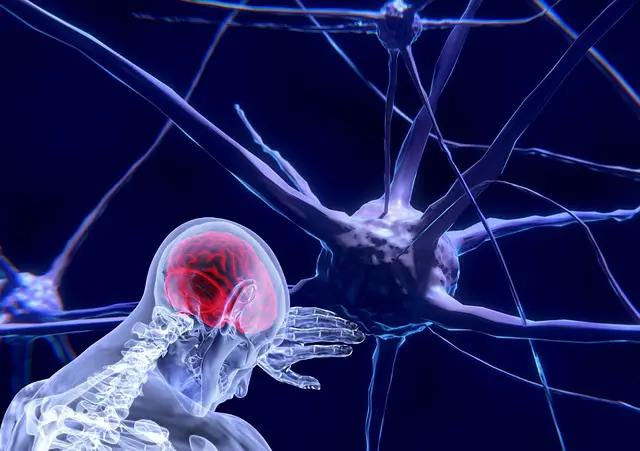
For instance, because of the intricate structure of the brain and how its structure is exceptional for every person due to interactions between genes and the circle where people grow up, it is probable that humankind will never manage to flawlessly foretell another’s action.
Furthermore, even if it is possible to learn a lot by examining the individual sections of the brain on a physical level, it is likely that we overlook something by not adopting a more holistic perspective. Maybe, people are not just made up of neurons.
What complexity theorist Stuart Kauffman says is that “two lovers strolling along the banks of the River Seine are, indeed, two lovers strolling along the banks of the River Seine, not just atoms in motion.”
Incognito: The Secret Lives of the Brain by David Eagleman Book Review
Humans aren’t aware of many things about the functioning of their brains. Our conscious actions make up nothing but a tiny dot. Subconscious thoughts and processes are the things that decide mostly on our visible behavior.
